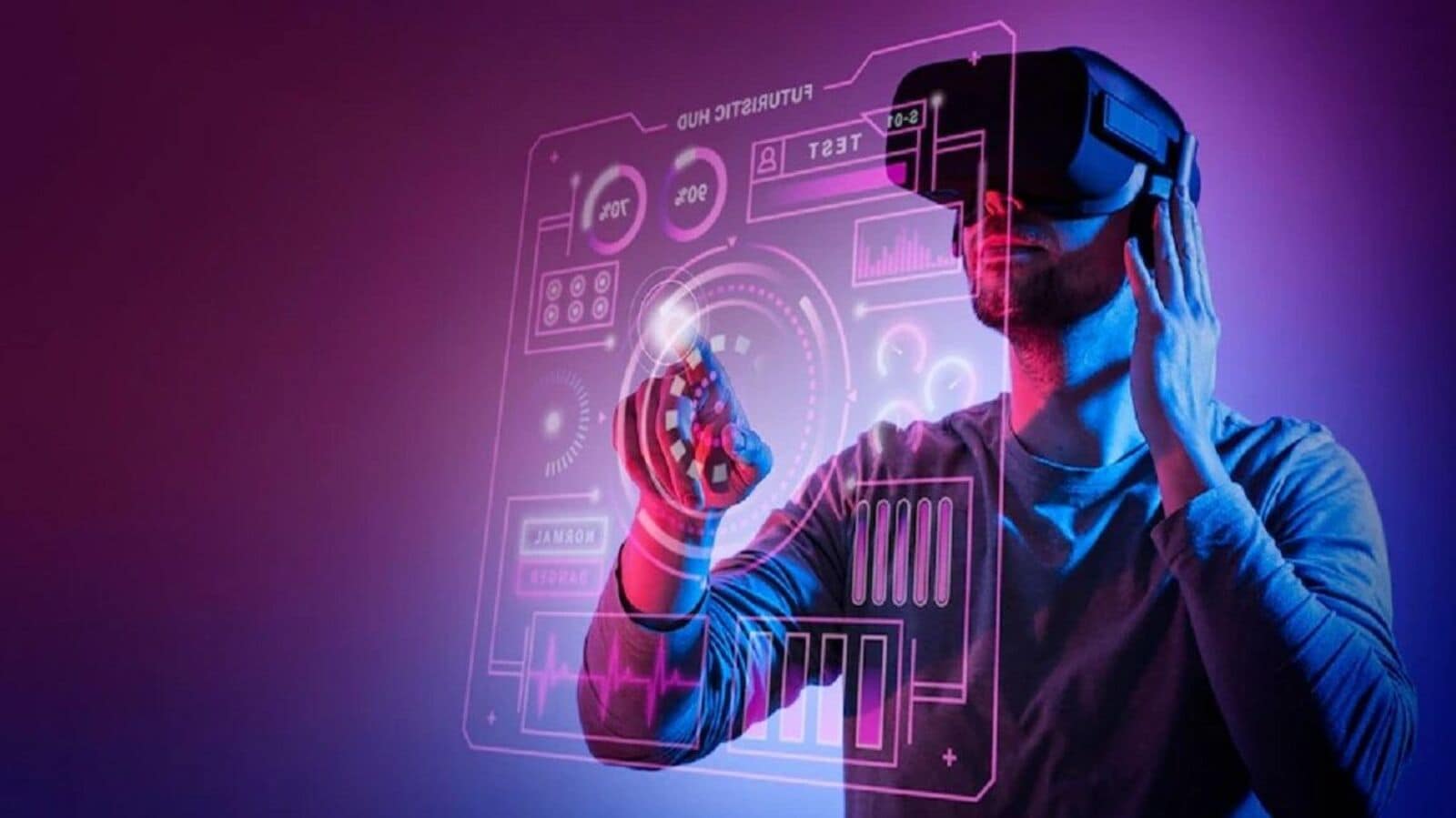Positioned as part of the company’s broader push towards personalised AI integration, the Plus Key marks a new direction for hardware design. It builds on the legacy of the Alert Slider and allows users to assign custom functions — such as activating the camera, switching audio profiles, or initiating translations.
The key will also serve as a gateway to ‘AI Plus Mind’, a new AI-driven feature that enables users to save and organise on-screen information. Through either a button press or a three-finger swipe, users can store content like schedules or event details. The system can then contextually analyse the saved material and integrate it with apps like calendars, promising a more structured approach to digital information management.
Alongside the hardware addition, OnePlus revealed a suite of AI-based tools aimed at improving productivity and user interaction. These include:
- AI VoiceScribe: A tool to record, summarise, and translate calls and meetings within commonly used messaging and video applications.
- AI Call Assistant (initially India-only): Offers real-time call translations and call summaries via the OnePlus dialler on the 13s model.
- AI Translation: A unified app that combines text, voice, camera, and screen translation.
- AI Search: Allows natural language queries across the device’s local content, integrating with AI Plus Mind for enhanced content retrieval.
- AI Reframe: A photography feature that automatically suggests alternative framings based on scene composition.
- AI Best Face 2.0: Expected to arrive later this summer, this update improves group photos by detecting and correcting closed eyes or less favourable expressions, even in images taken on non-OnePlus devices.
The company also detailed an upcoming integration with Google’s Gemini AI across OxygenOS and Google applications, enabling features such as real-time screen and camera sharing with AI-assisted interaction.
In terms of data privacy, OnePlus outlined its Private Computing Cloud (PCC) approach, which supports both on-device processing and cloud-based computation within a secure, encrypted environment. The architecture utilises a Trusted Execution Environment (TEE) to safeguard sensitive user data throughout its storage, processing, and transmission phases.





